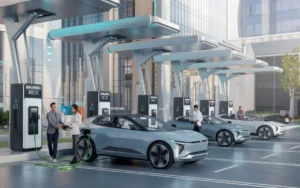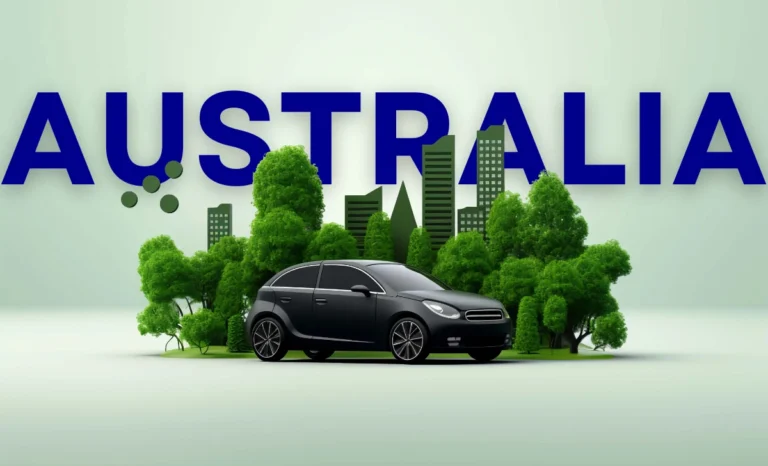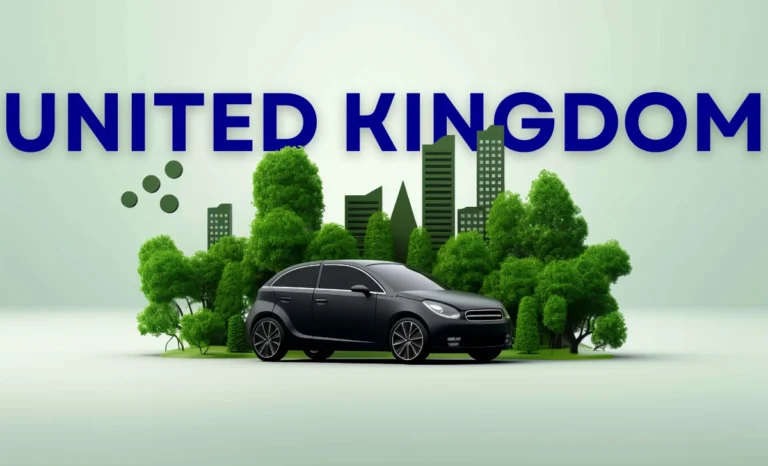In this article
- 1 Introduction: What is Battery-as-a-Service (BaaS)?
- 2 How to Cost Benefits of BaaS: Lowering the Upfront Cost of EVs
- 3 Convenience and Time Efficiency: Using Your Range Anxiety!
- 4 Market Focus: BaaS Adoption in China and India
- 5 Challenges and Opportunities for BaaS
- 6 Conclusion: The Future of Battery-as-a-Service
Introduction: What is Battery-as-a-Service (BaaS)?
Battery-as-a-Service, or BS, is an exciting new model changing how electric vehicles (EVs) work. Instead of buying a battery with their EVs, people can subscribe to a service. This service allows them to switch out a dead battery for a fully charged one at special swapping stations. This idea is becoming popular, especially in places like China and India where the government supports greener travel options.
The main benefit of BaaS is that it lowers the upfront cost of getting an EV. By separating the battery price from the vehicle cost, buyers have a better chance to afford an electric car. This helps with what’s known as “range anxiety,” which is the fear of running out of power during a drive. It also solves long wait times that come with regular charging. In this article, we’ll look at how BaaS works, why it’s beneficial, and what challenges it might face moving forward.
How to Cost Benefits of BaaS: Lowering the Upfront Cost of EVs
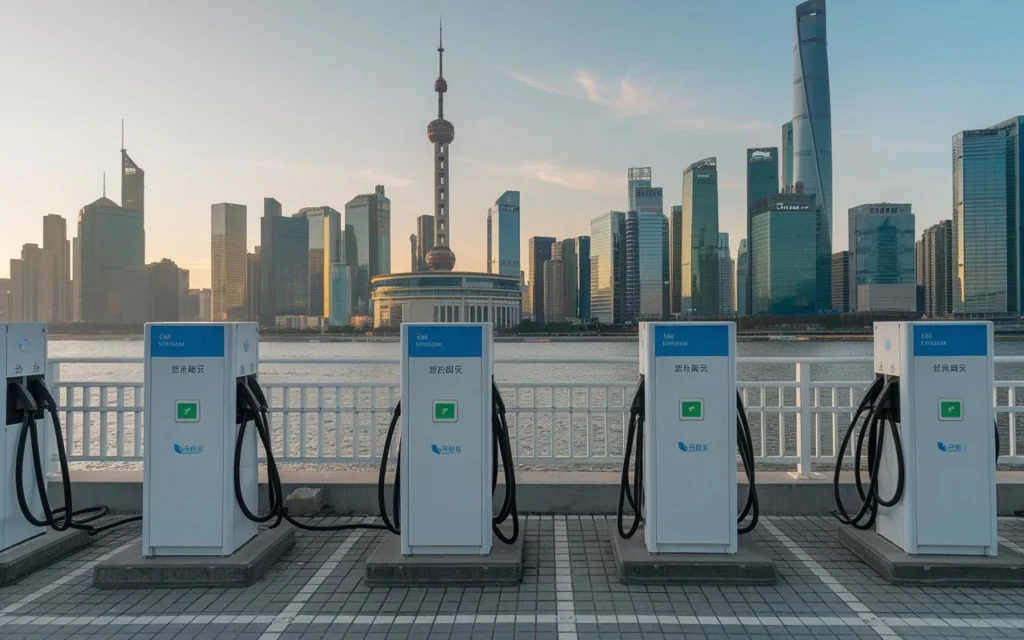
One big hurdle for people wanting to buy an EV is the expensive batteries. They can make up 40% or even more of the total price! BaaS removes this issue by taking the battery out of the purchase altogether. So instead of buying a battery up front, EV owners pay a monthly fee to swap batteries whenever they need.
In India, BaaS is becoming very popular for two- and three-wheel vehicles. As noted in an article by Finshots, this system appeals especially to scooter and rickshaw users who need frequent changes due to lots of daily use. With BaaS, these customers avoid paying high initial battery prices and can spread costs over time through subscription fees.
Over in China, BaaS has taken off! Transition China discusses how the government has put money into building battery-swapping infrastructure that reduces overall ownership costs for consumers. The government encourages businesses like rideshare services to use this model, creating a space where having a battery isn’t a barrier to choosing electric vehicles.
Convenience and Time Efficiency: Using Your Range Anxiety!
A key problem many EV drivers face is how long it takes to recharge their batteries. Regular charging can take from 30 minutes to hours! This is where BaaS can help with convenience.
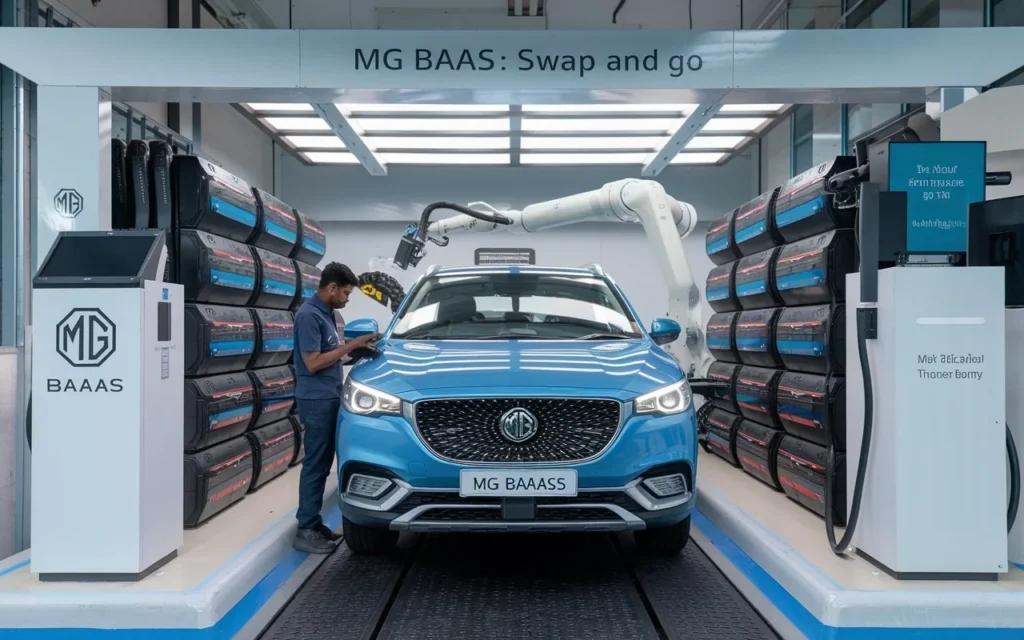
According to sources like CarDekho & WION, BaaS takes away long wait times since users can switch a drained battery for a charged one in just minutes! For instance, the MG Windsor vehicle shows how well BaaS works in India—drivers can swap batteries easily at special stations without worrying about lengthy charging times. This quick process means drivers can travel without interruptions, making BaaS much more appealing than traditional charging methods.
RoboticsBiz adds that the fast service also eases “range anxiety.” Drivers feel better knowing they can find a fully charged battery at nearby swapping stations whenever they need it. So planning trips becomes easier!
Market Focus: BaaS Adoption in China and India
BaaS isn’t just limited to certain spots; its biggest growth has been seen in China & India, two massive and rapidly expanding EV markets. These countries love BaaS because it fits their economic needs & environmental goals perfectly.
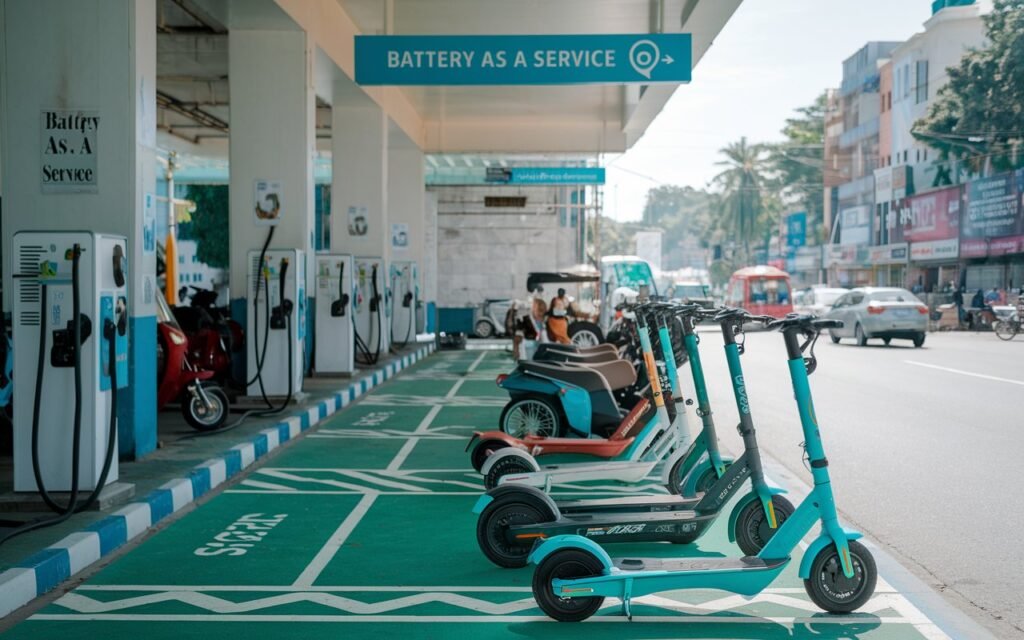
As reported by Transition China, the Chinese government has focused on building a solid network of swapping stations. Companies like Nio lead the way by allowing buyers to get cars without batteries while subscribing for exchanging services. This lowers their initial costs and supports electrification efforts pushed by the government.
In India, as discussed by EV Reporter, BaaS positions itself as an affordable choice for electric scooters & rickshaws—a growing segment in their mobility sector. Government support is there too! So it’s expected that BaaS will be key in increasing EV numbers across the Indian country.
Challenges and Opportunities for BaaS
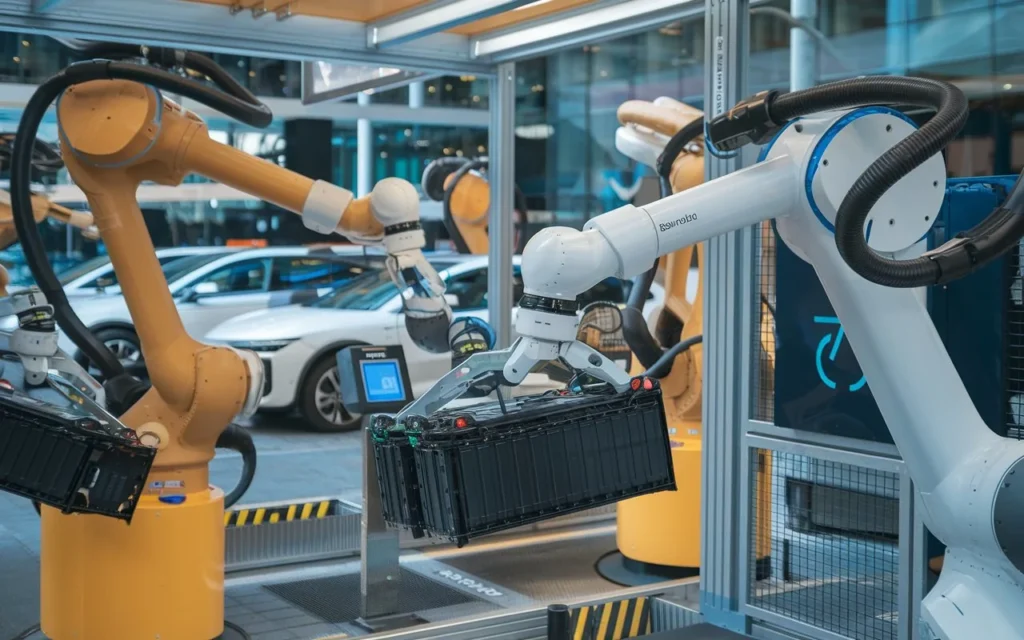
Even with all its benefits, challenges exist for making BaaS successful worldwide. One big issue? Standardization! Shoosmiths points out that different EV makers use unique battery designs. This makes creating a universal swapping solution tough—each company would have to set up its network!
RoboticsBiz mentions another challenge—scalability—saying while BaaS shines in busy urban areas with many EVs, it might not work so well in rural spots with fewer drivers needing swaps. If we want BaaS to work everywhere, heavy investments are key—in both cities & countryside—to ensure easy access no matter where you are!
On a positive note, EV Reporter talks about the business gains from this system—especially benefiting commercial fleets and rideshare services. For them, frequently switching batteries means saving money! Plus, managing batteries centrally helps keep everything running smoothly & extends battery life too!
Conclusion: The Future of Battery-as-a-Service
Battery-as-a-Service showcases great potential for solving some issues around electric vehicles today. It cuts down on initial costs while making life easier and easing fears about running out of power mid-drive. It seems like an ideal solution in countries like China & India where there’s government backing for developing swapping infrastructure!
Of course, there’s still work to do regarding standardization & scalability concerns—yet BaaS paints an exciting future picture for electric vehicles! With more businesses & governments backing this model soon enough could see it be an everyday part of our eco-friendly driving experience globally!

